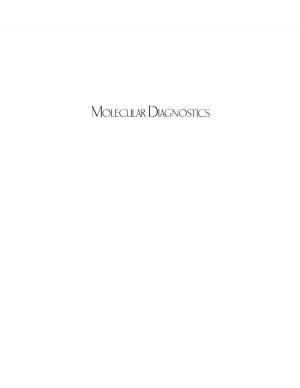Biogeochemistry of Marine Dissolved Organic Matter
Nonfiction, Science & Nature, Science, Earth Sciences, Oceanography, Biological Sciences, Microbiology| Author: | ISBN: | 9780080500119 | |
| Publisher: | Elsevier Science | Publication: | July 6, 2002 |
| Imprint: | Academic Press | Language: | English |
| Author: | |
| ISBN: | 9780080500119 |
| Publisher: | Elsevier Science |
| Publication: | July 6, 2002 |
| Imprint: | Academic Press |
| Language: | English |
Interest in marine dissolved organic matter (DOM) is very high because it plays an important role in oceanic and global carbon cycling, which in turn impacts weather. Understanding the processes involved in the transformations of carbon, phosphorus, nitrogen, and other major elements in the oceans has been a primary goal of marine biogeochemists and oceanographers over the past decade.
This book, in 16 chapters with over 170 figures and tables, reports on the major advances in this area by a distinguished group of international chemical and biological oceanographers. Additionally, it focuses on the role of DOM in elemental cycling - where the greatest informational need currently exists.
Biological cycling of the major elements through DOM is assessed throughout, with particular emphasis on the role of marine microbes as active agents in the processing of this material
The ocean science community's advances for inclusion of DOM in both ecosystem and global circulation models are evaluated
Interest in marine dissolved organic matter (DOM) is very high because it plays an important role in oceanic and global carbon cycling, which in turn impacts weather. Understanding the processes involved in the transformations of carbon, phosphorus, nitrogen, and other major elements in the oceans has been a primary goal of marine biogeochemists and oceanographers over the past decade.
This book, in 16 chapters with over 170 figures and tables, reports on the major advances in this area by a distinguished group of international chemical and biological oceanographers. Additionally, it focuses on the role of DOM in elemental cycling - where the greatest informational need currently exists.
Biological cycling of the major elements through DOM is assessed throughout, with particular emphasis on the role of marine microbes as active agents in the processing of this material
The ocean science community's advances for inclusion of DOM in both ecosystem and global circulation models are evaluated















